We chose the word covenant to describe our LifeGroup relationships because it is very different than many of the relationships we are accustomed to having. Most of our current relationships are contractual in nature, meaning our relationships revolve around an exchange of goods or services. In a contractual relationship, the goal is to get the most for the least and overall, the relationship is secondary to this exchanging of goods.
The materialistic and consumerist culture we live in is a breeding ground for contractual relationships and we drift toward treating most, if not all relationships based on the mindset of getting the most benefit for the least effort. Having a contractual disposition is detrimental to the health of our LifeGroups. LifeGroups that have contractual relationships become “me groups,” centered around appeasing my wants and my perceived needs.
A covenant relationship is just the opposite. The primary focus is not on what I can get and how cheap can I get it; the primary focus of a covenant is defining the relationship between parties and the focus is mostly on what I give rather than what I get. It is a commitment to one another. The two best examples of covenants that we are most familiar with is the Jesus’ Covenant with us and the marriage covenant. With both of these covenants, the centerpiece of the agreement is defining the relationship and then out of the relationship flows action, responsibilities and commitments.
So simply put, a LifeGroup Covenant is a LifeGroup DTR (short for "determine the relationship"). We want to define the relationship and out of this relationship will flow our responsibilities and actions toward one another.

